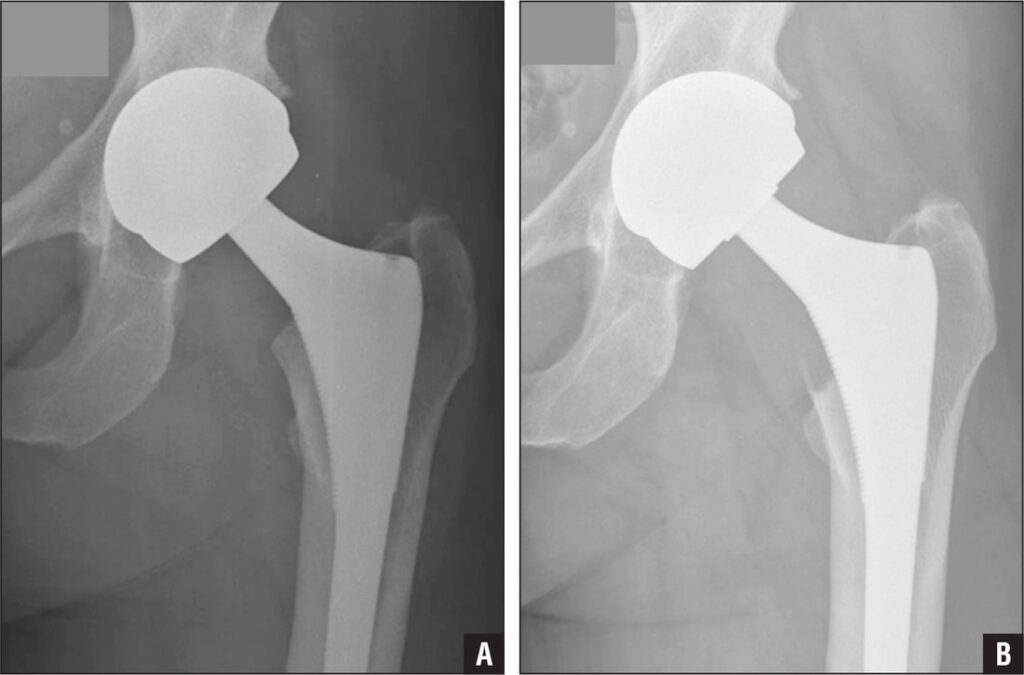Hip replacement surgery is a procedure where a surgeon removes damaged sections of a hip joint, replacing them with artificial parts. This artificial joint, or prosthesis, is designed to help reduce pain and improve function. Several health conditions can cause damage to the hip joint and make everyday activities difficult. Here’s information on health conditions that may benefit from hip surgery:
Arthritis
Arthritis is a leading cause of joint pain and disability that may result in the need for hip replacement surgery. The most common form is osteoarthritis, a degenerative joint disease. Osteoarthritis occurs when the protective cartilage that cushions the ends of the bones wears down over time, usually as you age. In the hip, this deterioration can cause bone to rub against bone, leading to significant pain, stiffness, and reduced mobility.
Rheumatoid arthritis is another condition that can severely damage the hip joint. Unlike the wear-and-tear damage of osteoarthritis, rheumatoid arthritis is an autoimmune disorder. This occurs when the body’s immune system mistakenly attacks the lining of the joint capsule. Autoimmune attacks cause inflammation that can eventually erode bone and deform the joint, leading to pain and loss of function that may necessitate a hip replacement.
Before a hip replacement surgery is recommended, other therapies will typically be used first in pain management plans. Some common non-surgical therapy options include:
- Anti-inflammatory Medications
- Supportive Devices
- Lifestyle Modifications
- Physical Therapy
- Platelet-rich Plasma Therapy
Injury
Significant injuries to the hip may also necessitate a replacement surgery. A hip fracture, which is a break in the upper quarter of the femur, is a serious injury that often requires surgical intervention. Depending on the location and severity of the fracture, a surgeon might repair the break with screws and plates or perform a partial or total hip surgery.
Total and Partial Replacements
A total hip replacement involves replacing both the femoral head (the “ball”) and the hip socket. A partial hip replacement involves replacing only the femoral head. Partial replacements are generally reserved for specific situations, like certain types of hip fractures where the socket remains healthy. An orthopedic surgeon will determine the most suitable procedure based on the patient’s specific condition, age, and activity level.
Avascular Necrosis
Another condition related to injury is avascular necrosis, or osteonecrosis. This occurs when the blood supply to the femoral head is disrupted, causing the bone tissue to die and the femoral head to collapse. Avascular necrosis can result from a hip fracture or dislocation, as well as from long-term use of high-dose steroid medications or excessive alcohol consumption. The resulting damage can cause severe pain and may be managed with surgery.
Chronic Hip Pain
Chronic hip pain is persistent, long-term pain that does not improve with conservative treatments like medication, physical therapy, or lifestyle adjustments. This type of pain is defined as lasting for more than three to six months. It can severely impact a person’s quality of life, interfering with walking, sleeping, and performing simple daily tasks. When the source of this chronic pain is irreversible joint damage, a hip replacement may be an appropriate step.
Learn More About Hip Replacement
If you are experiencing persistent hip pain, contact an orthopedic specialist for a personalized treatment plan. Getting a thorough evaluation will help determine the most effective course of action for your individual health needs. Learn about your surgical and pain management options today.

